An all-electric Jaguar SUV will be revealed next year before going on sale in 2017 - and Autocar has learned that some of the most flamboyant styling touches of the C-X75 hypercar concept will be used on the new model as the firm seeks to ensure that it stands apart from rivals.
The Jaguar I-Pace has been revealed, take a look here.
The car’s mooted launch date puts Jaguar in direct competition with Audi, which is planning to launch the production version of its all-electric Q6 e-tron quattro concept, first revealed at this year’s Frankfurt show, early in 2018. Both vehicles are set to offer a range of around 300 miles and cost about £60,000. However, the Tesla Model X will beat both to market, going on sale in the UK next year.
Beyond the bodystyle, price and target range, few details are known about Jaguar’s first EV. Sources suggest an electric motor will be mounted inboard at each corner, retaining the use of driveshafts, although there remains the possibility of Jaguar making a technology leap with in-wheel motors.
Parent firm Tata has previously pioneered the technology, and insiders say the company has made significant progress with overcoming the problem of the additional unsprung weight of in-wheel motors.
Jaguar hopes to outpunch all rivals, however, by giving the car the most distinctive styling of any EV on the market. It is understood that Tata has given the green light for Jaguar to pioneer the group’s all-electric technology and wants the brand’s first such model to deliver a distinctive statement of its intent to lead in electrification. The styling is said to be revolutionary, in the way that the BMW i brand sits separately from the firm’s mainstream models.
It is reported that this fact played a key role in the decision to allow the C-X75 to be used in the latest Bond film, Spectre. The car, which was built as a concept for the 2010 Paris show, was powered by four electric motors driven by diesel-fed gas turbines and had an electric range of about 30 miles. It was announced that up to 250 production cars would be made, powered by a downsized turbocharged petrol engine.
Although prototypes were made in conjunction with the Williams F1 team, the project was cancelled at the height of the economic downturn in December 2012.
Now, however, the C-X75’s enduring popularity - driven by its appearance in the Bond film - and its original role as a standard bearer for ground-breaking technology are set to be harnessed in the design of the all-electric SUV.

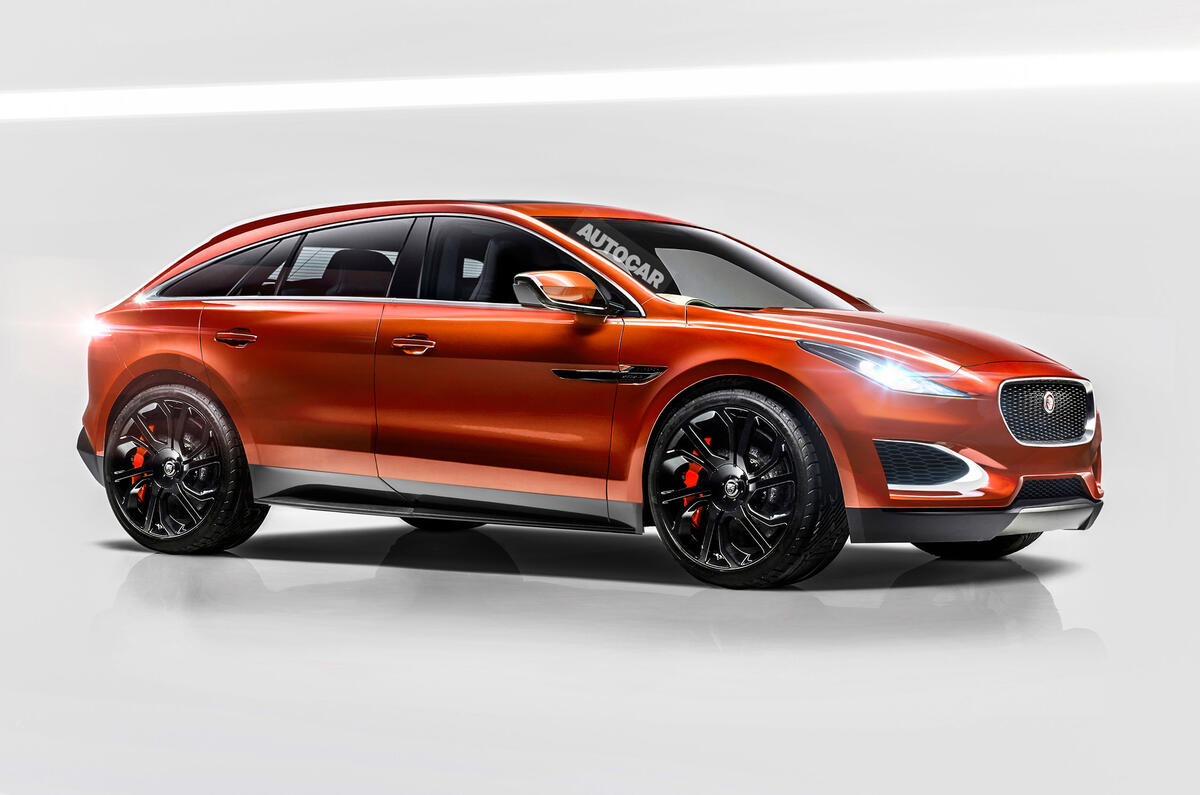
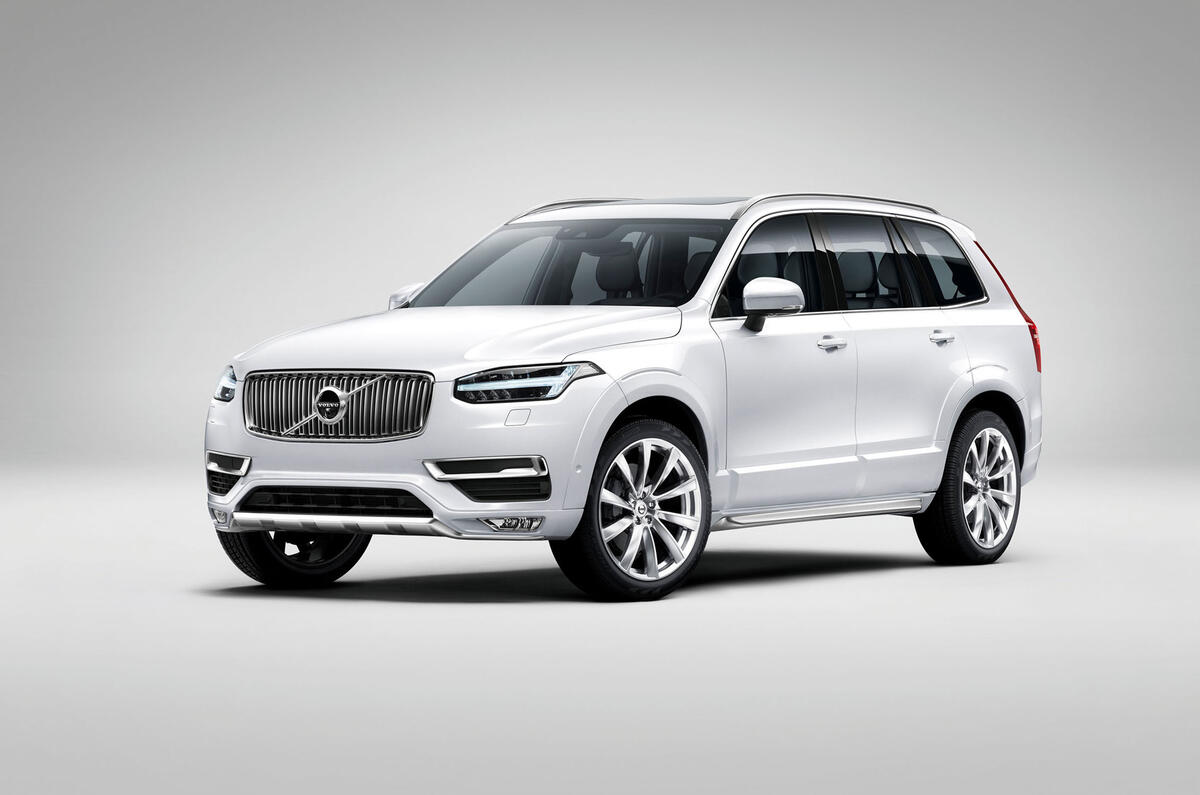
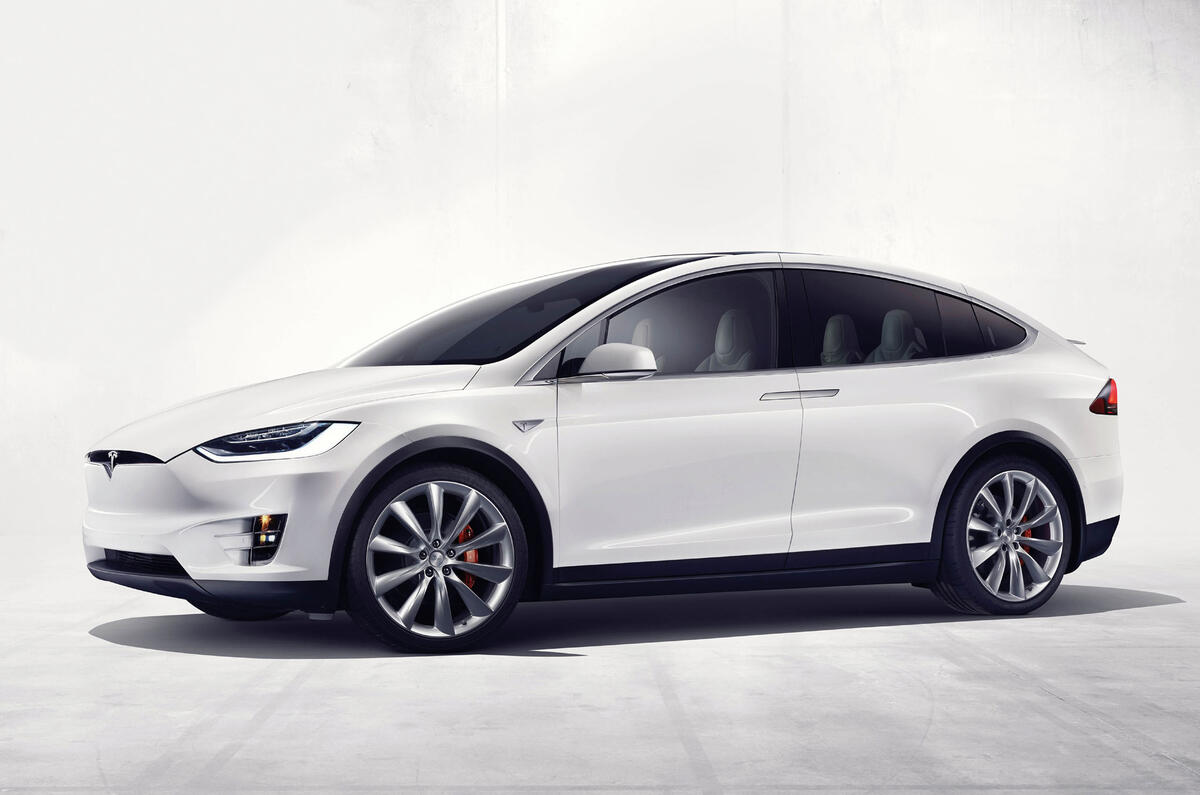
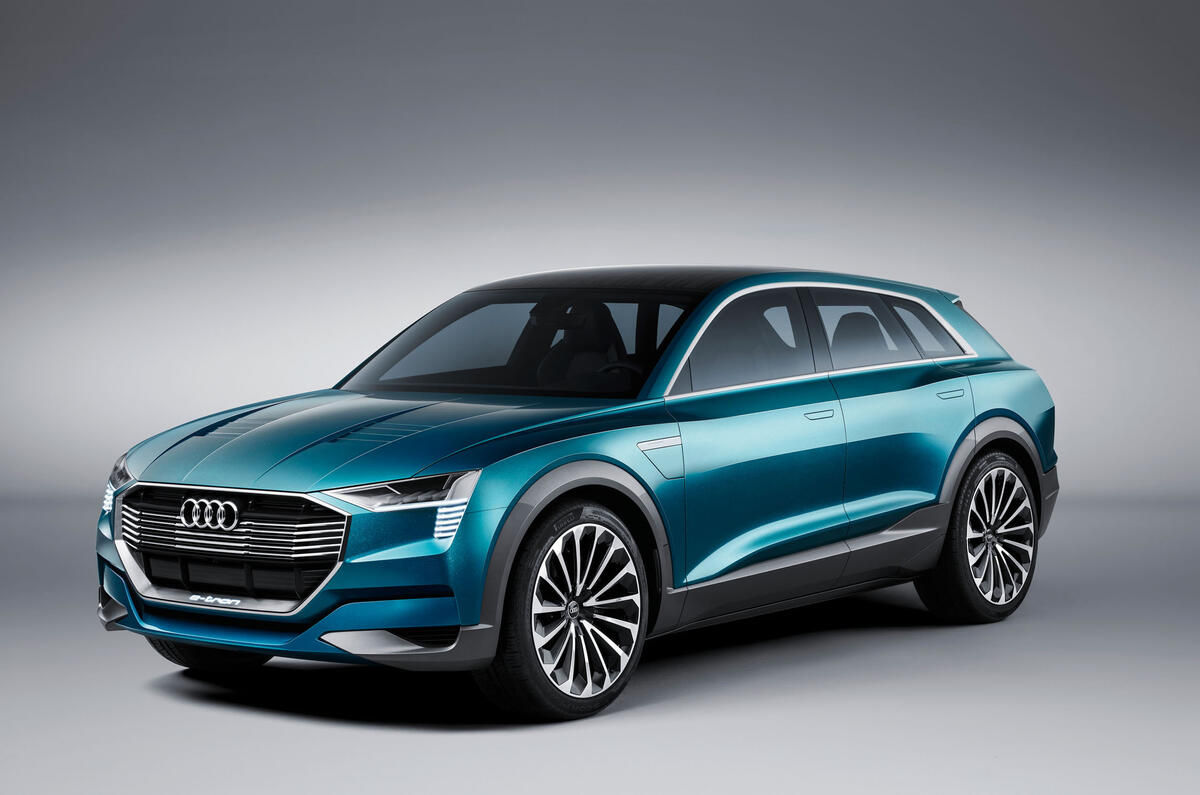


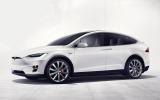
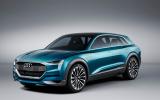







Join the debate
Add your comment
And the charging infrastructure
Now, this is truly staggering
This is great news for Volvo, on the back of its recent purchase of Polestar, as it looks to consolidate its position in order to rival AMG and BMW’s M division. In 2013, the Volvo XC60 was the fourth best-selling compact premium SUV in Europe, behind the Range Rover Evoque, Audi Q5 and BMW X3. In 2014 the Porsche Macan, Lexus NX and BMW X4 entered the segment, but didn’t dent the XC60’s sales performance.
Volvo managed to sell 62,845 units, whereas Audi sold 60,679 Q5s, Land Rover sold 50,838 RR Evoques and BMW sold 48,229 X3s. The sales figures of the GLK, Macan, X4 and NX did not really pose much of a threat at this time.
In 2015, the official numbers of the first quarter are as follows; Volvo sold 18,173 units of the XC60, Land Rover sold 16,135 units of the Range Rover Evoque, Audi sold 15,584 units of the Q5, BMW sold 10,828 units of the X3, Mercedes Benz sold 6,562 units of the GLK, BMW sold 6,108 units of the X4, Land Rover sold 5,803 units of the Land Rover Discovery Sport, Porsche sold 5,733 units of the Macan while Lexus sold 3,764 units of the Lexus NX.
Rumours are abuzz that a new-generation XC60 is coming in 2016, and it seems like other automakers really have a big challenge on their hands to challenge the XC60’s domination of the marketplace.
Amazing, Volvo could produce